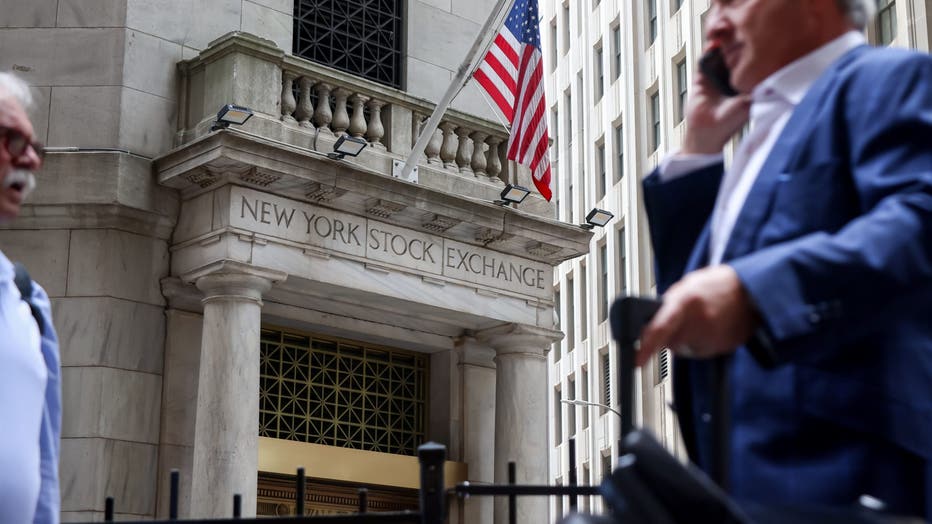Feds make decision on interest rates: What to know

Federal Reserve leaves interest rates unchanged
AIER's Lydia Mashburn Newman joins LiveNOW's Andrew craft to discuss the latest economic headlines.
WASHINGTON - The Federal Reserve announced on Wednesday that it was once again keeping its key rate unchanged, but said that they foresee two interest rate cuts by the end of this year, the same as they projected in March.
Fed keeps interest rate unchanged
By the numbers:
The Federal Reserve decided to maintain the target range for federal funds at 4.25% to 4.5%.
The Fed kept its key rate unchanged for the fourth straight meeting and said the economy was expanding at "a solid pace."
What they're saying:
"Although swings in net exports have affected the data, recent indicators suggest that economic activity has continued to expand at a solid pace. The unemployment rate remains low, and labor market conditions remain solid. Inflation remains somewhat elevated," the committee said in press release on Wednesday.

The New York Stock Exchange (NYSE) in New York, US, on Wednesday, May 7, 2025. Photographer: Michael Nagle/Bloomberg via Getty Images
The Federal Reserve added, "The Committee seeks to achieve maximum employment and inflation at the rate of 2 percent over the longer run."
The Fed noted that uncertainty about the economic outlook has "diminished but remains elevated."
EARLIER: Federal Reserve in limbo as tariffs complicate this week's interest rate decision
"The Committee is attentive to the risks to both sides of its dual mandate," they added.
How does the Fed’s interest rate affect Americans?
Why you should care:
If the Fed were to cut the interest rate, it could lower other borrowing costs, such as for mortgages, auto loans and credit cards, helping boost the economy – though lower interest rates risk pushing inflation back up.
Fed chair Jerome Powell and other officials have underscored that they are holding off from any changes to their key rate because of the uncertainty surrounding the impact of the tariffs and economic outlook. Some of the Fed's policymakers have expressed particular concern that the duties could boost prices, creating another surge of inflation just a couple of years after the worst inflation spike in four decades. Many economists say that without the higher import taxes, the Fed would likely be cutting its rate further.
Dig deeper:
The central bank also released its latest quarterly projections for the economy and interest rates. It expects noticeably weaker growth, higher inflation, and slightly higher unemployment by the end of this year than it had forecast in March, before President Donald Trump announced sweeping tariffs April 2. Most of those duties were then postponed on April 9. The Fed also signaled it would cut rates just once in 2026, down from two cuts projected in March.
Fed officials see inflation, according to its preferred measure, rising to 3% by the end of this year, from 2.1% in April. It also projects the unemployment rate will rise to 4.5%, from 4.2% currently. Growth is expected to slow to just 1.4% this year, down from 2.5% last year.
The Source: This story was reported from Los Angeles. The Associated Press, Federal Reserve press release, and previous FOX Local reporting contributed.

